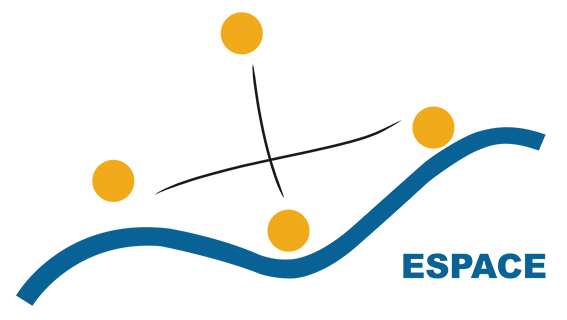Multispectral spaceborne remote sensing in archaeology: A critical review
Résumé
Spatial remote sensing in archaeology is inherent to advances in Earth observation systems. It developed strongly in the 1970s and early 1980s under the generational influence of photo-interpreters, before disappearing and even becoming a confidential approach - at least in France - within the archaeological sciences until the beginning of the 2015-2020 period, when it became the object of interest again with the revival of spatial archaeology. However, this domain of research can be characterized by a conceptual gap and a methodological and technological impasse in the use of geospatial data, which means that the archaeological objects are analysed using photo-interpretation methods and 2D-3D representations in opposite to geo-visualisation. This is more surprising considering that the literature of the Nordic and Baltic countries, and even the Soviet Union is important to this area; and, it has produced a big part of methods, and concepts, in the field of Landscapes and Spatial Archaeology. The spatial remote sensing applied to landscape archaeology has its rightful place in the construction of knowledge in archaeology and geography; and this must be integrated with a truly territorial approach to the geographical space of the ancient periods.


